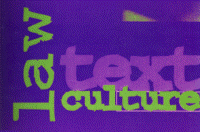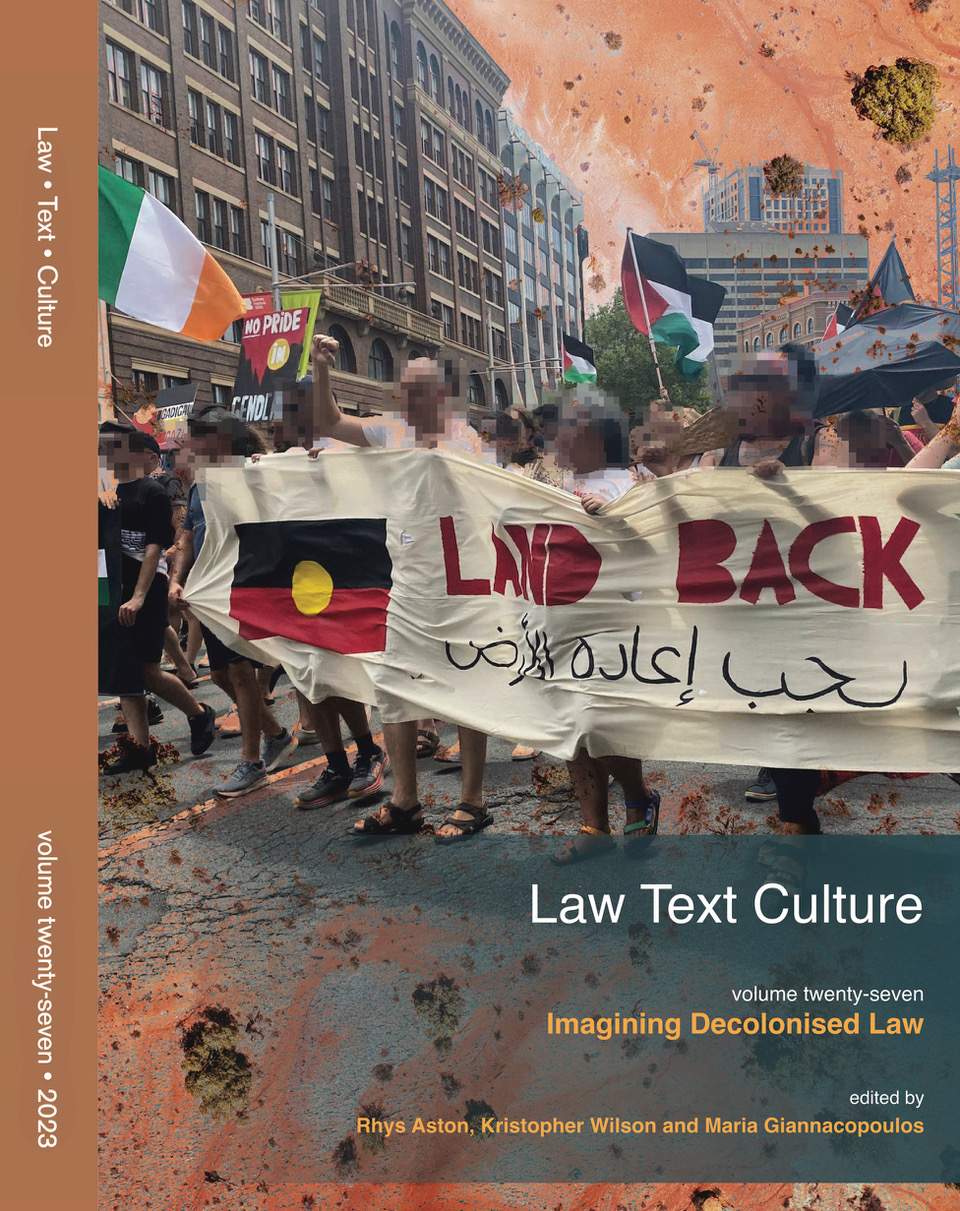Abstract
As an institutional, legal and cultural construct the family unit functions to demarcate limits: to legitimate, include, authorise and enfold, even as it outlaws, excludes, prohibits, disowns and disallows. Representations of the nation as a multicultural family, as a diverse-but-united collectivity in pursuit of corporate aims, enact identical manoeuvres of inclusion and exclusion; simultaneously they endorse the hierarchies and the asymmetrical and coercive power relations by which the family is ongoingly constituted. To interrogate the complacent narrative of the happy multicultural family is to begin to construct alternative models and representations for understanding the heterogeneous, troublesome and unfinished stories of Australian multiculturalism.
How to Cite:
Perera, S. & Pugliese, J., (1995) “Multicultural histories and paternal genealogies : babes and bastards at the Global Cultural Diversity Conference”, Law Text Culture 2(1), 260-265. doi: https://doi.org/10.14453/ltc.456
Downloads:
Download PDF
View PDF
311 Views
304 Downloads

